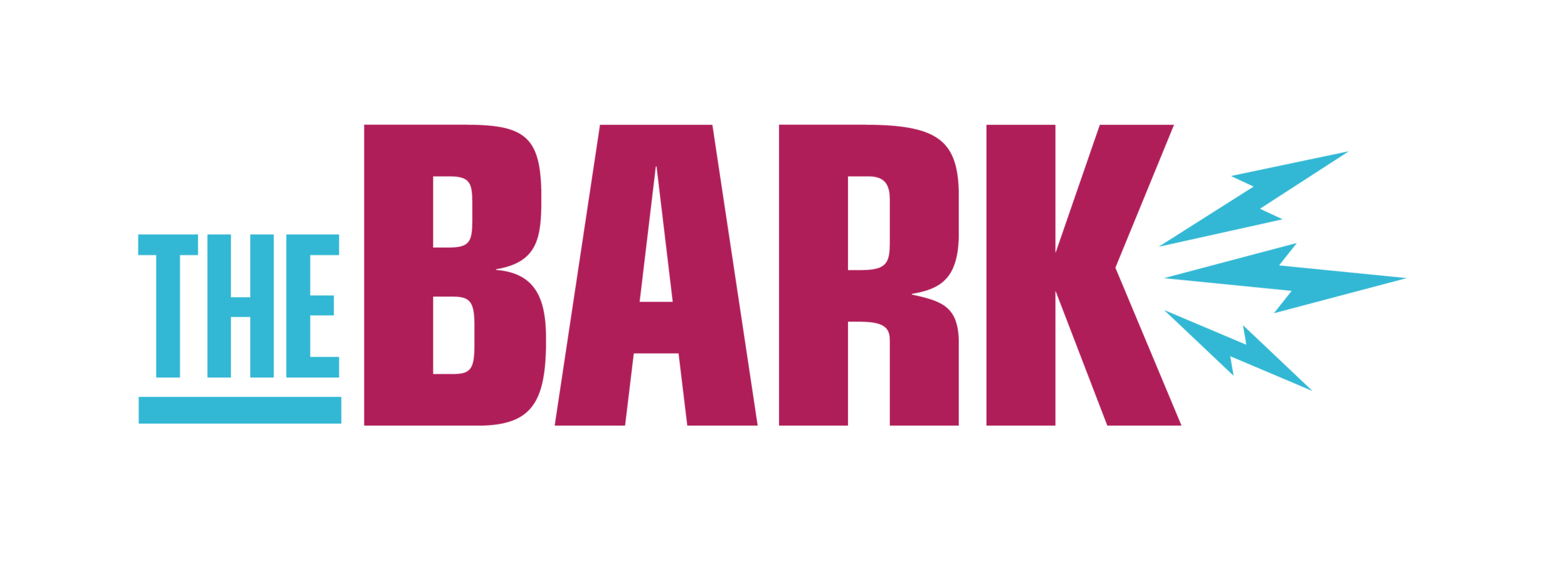UMD creates more space for gender neutral bathrooms, some still require keys
According to UMD’s gender inclusive bathroom map, the university is home to an estimated 40 gender neutral bathrooms, both private and public, with a majority located in the university's academic core. Some of the gender inclusive bathrooms require keys to access. A representative from Facilities Management was unable to tell us how many are available for public use.
Said map was originally perceived to be the main reason for promoting more gender neutral restrooms, but Paula Pedersen, director of education for inclusive excellence, said awareness and advocacy actually enabled this change.
“It would be an oversimplification to say that the interactive map led to the policy,” Pedersen said. “Rather, the entire process of awareness and advocacy facilitated both mapping and ultimate policy change.”
In an effort to remain inclusive, UMD established a Gender Neutral Restroom Strategy in 2012. According to a UMD campus community document provided by Susana Pelayo-Woodward, assistant to the chancellor for inclusive excellence, the strategy was put in place in order to create a positive and inclusive campus climate for all by advancing equity, diversity and social justice.
Progressive steps were taken in this strategy to provide two gender neutral restrooms on the third floor of the Kirby Student Center. The strategy also required all new construction and remodeling projects to include at least one gender neutral restroom in a building.
Surrounding schools like the University of Wisconsin Superior (UWS) and St. Scholastica have similar strategies when it comes to gender neutral bathrooms.
“Each building on [UWS] campus, per floor, has gender neutral family bathrooms,” UWS student and yellowjacket union business manager Jordan Smith said. “Our freshman hall is separated by gender, but the upper level residence hall has gender neutral.”
According to the St. Scholastica website, the college believes that equity and inclusion are key ingredients to academic excellence. The school now provides gender neutral or family bathrooms throughout their campus.
Ellie Horsnell, a member of UMD’s Queer and Allied Student Union (QASU), said she loves the gender neutral bathrooms.
“Personally, just having more places that I can use the bathroom is rad, even though I am cisgender,” Horsnell said. “I don't experience microaggressions personally, but if I invite my gender neutral, gender fluid, or not necessarily binary friends up to campus I know that they have a safe place to go to the bathroom.”
Horsnell believes it's important that everyone feels safe when they walk into a restroom, and said the bathrooms are “really wonderful” and provide a necessary service.
“I always think that more gender neutral bathrooms are better,” Horsnell said. “I have never felt anything but safe and comfortable and at home in a gender neutral bathroom.”
Ravyn Gale, also a member of UMD’s QASU, said the only thing wrong with these bathrooms are that they’re hidden away and the two she knows of require keys to enter.
“They’re kind of tucked away,” Gale said. “Like the one [in the Multicultural Center], and you also have to have a key to get into it, so that kind of really sucks.”
Horsnell said that she believes all bathrooms are tucked away, stating that these ones aren’t any different. But Horsnell agrees that there should be no keys.
“There’s a couple [bathrooms] that I’ve seen, that you just lock them from the inside,” Horsnell said. “More accessibility is better.”
Another QASU member stated that even though every new construction is required to have them, issues still arise.
“The problem is a lot of times they’re not required to be as proliferous as they really should be,” the QASU member, who chose to remain anonymous, said. “On some campus buildings there's a gender neutral bathroom on one floor but then not another so you have to go down three floors to get to a gender neutral bathroom.”
Erik Larson, the interim engineering support services supervisor at Facilities Management, said that the bathrooms which require a key to enter were originally designated for campus staff.
“They were actually meant more so for private office,” Larson said. “Especially in the library. I know in this instance those were set up as staff. They were not supposed to be available for students. When the whole unisex bathroom issue started there was a process of moving those over to gender nonspecific.”
Though Facilities Management plans on changing the locks that require students to have keys to the gender inclusive bathrooms, Larson said it’s low on their priority list because they’re focusing on updating handicap restrooms which don’t meet today’s necessary requirements.
“The Twin Cities campus has been sued on the handicap side,” Larson said. “They had a handicap bathroom that was signed, just like ours are, because it was correct when they signed it, but it doesn’t meet current code.”
Facilities Management is currently looking at all restrooms on campus to see which ones need updating, which could take anywhere between six months to a year to complete.
“We’re doing what we can do, given the money and the time we have, so we’re starting this process,” Larson said. “I want to go through the gender neutral bathrooms as well and just make sure that they meet all the requirements.”
Facilities Management will be going through every public bathroom on campus, looking at them from an accessibility point of view.




